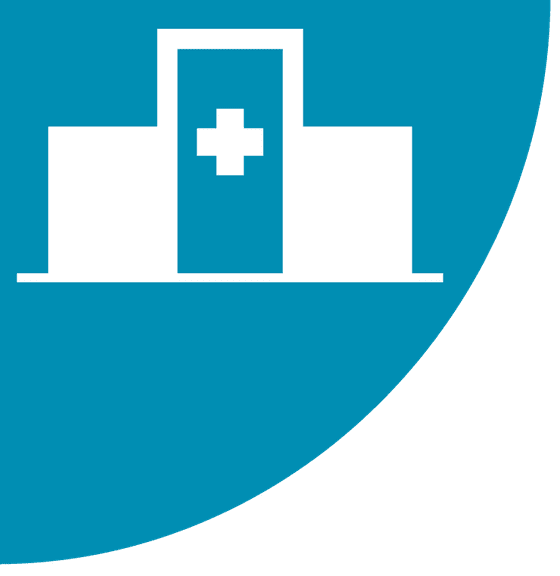NEWSWATCH
HEALTHCARE

Report Addresses Cleaning Method Selection to Prevent Healthcare-associated Infections
A report released in August addresses environmental cleaning to prevent healthcare-associated infections, and discusses the effects of workers’ varying adherence to best practices on cleaning effectiveness. The final report, which was published by the Agency for Healthcare Research and Quality’s (AHRQ) Effective Health Care Program, reviews 80 studies covering cleaning practices such as use of chemical agents and self-disinfecting surfaces; monitoring strategies such as assays and ultraviolet light; challenges to implementation; and nonrandomized concurrent or historical controls. The authors also interviewed 12 subject experts representing environmental services management, hospital infection control, and clinical infectious diseases.
The scope of the report is limited to rooms that house hospitalized adult patients and the cleaning and disinfection techniques used on hard, high-touch surfaces. While many diseases and pathogens are found in hospitals, this report focuses on evidence for strategies that may prevent transmission of C. difficile, Methicillin-resistant Staphylococcus aureus (MRSA), and vancomycin-resistant enterococci (VRE). The report lists these as three of the most common pathogens that cause healthcare-associated infections and for which there is significant evidence of surface contamination.
Environmental services staff must work to clean rooms around routine interruptions such as clinical staff interventions, meal delivery, and visitors.
According to the report, many methods are available for cleaning, disinfecting, and monitoring the cleanliness of hard surfaces in hospitals, including chemical disinfectants, self-disinfecting surfaces, and no-touch technologies. However, studies of the comparative effectiveness of these interventions are limited. While widely used chemical-based cleaning and disinfecting agents like quaternary ammonia compounds (QAC) and bleach have been studied in many settings, the authors note that most studies use historical controls and focus on documenting the removal of surface contamination rather than concentrating on direct comparisons of cleaning and disinfection products and technologies.
Several experts interviewed as part of the report suggested that selecting between disinfecting agents or monitoring modalities is perhaps less important than the actual implementation of disinfection and monitoring processes at each hospital facility. Interviewees discussed the “inconsistency of workflow” often encountered by environmental services staff, who must work to clean rooms around routine interruptions such as clinical staff interventions, meal delivery, and visitors. Pressure from hospital management to turn rooms over more quickly can also contribute to decreased compliance with cleaning and disinfection protocols. For example, disinfectants must remain in contact with surfaces for a certain amount of time to be effective, but interviewees noted that contact time may fall short in day-to-day practice due to interruptions or other factors.
The authors conclude that future research should examine and compare emerging cleaning technologies such as enhanced surface coatings, peracetic acid and hydrogen peroxide wipes, microfiber mops and cloths, and electrolyzed water. The report identifies other challenges to be addressed in future research, including the development of standard thresholds for defining cleanliness; the identification of surfaces that pose the greatest risk of pathogen transmission; and adjusting for confounders like hand-hygiene practices when studying the impact of disinfection modalities.
The report, “Environmental Cleaning for the Prevention of Healthcare-Associated Infections,” is available as a PDF on AHRQ’s website.
thesynergist | TOC | NEWSWATCH | DEPARTMENTS | COMMUNITY

